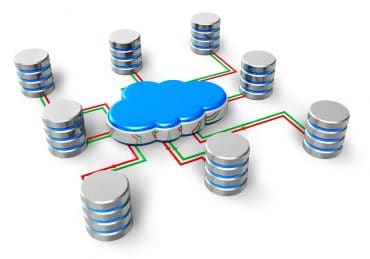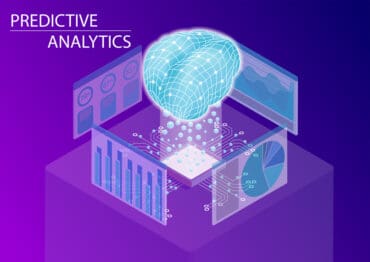
Some businesses are struggling to determine how streaming analytics can help them. Here are 7 ways it improves security, productivity, and decision-making.
Streaming analytics is a newer and valuable technology, but like many new platforms, it currently suffers from a bit of a marketing and messaging issue. Unlike batch analytics, which is well-understood at this point, some businesses are having trouble figuring out how they can take advantage of streaming.
When streaming analytics providers talk about potential use cases, they tend to be highly specific to certain industries, or focus on problems found in only a few verticals, which leaves many wondering: How can I use streaming analytics for my business?
[ Related: Streaming Analytics Basics: Kafka, Spark, and Cassandra ]
The good news is that, just like traditional batch analytics, streaming is a highly flexible, highly valuable technology that any business can take advantage of. Here are seven ways businesses of all shapes and sizes can leverage streaming for stronger security, improved productivity, or better decision-making.
Cybersecurity and threat monitoring
No matter how small the business, it’s a target for cyberattacks. A number of new platforms designed for this purpose exist, but one potential solution is simply doing a better, real-time examination of the logs that various programs and services write to during their normal operations. By seeing logins — both attempted and successful — in real-time, a security operations center (SOC) could detect an attack in a matter of minutes, rather than the 245 days it takes an average company to detect that they’ve been breached.
360-degree view of the customer
No matter the vertical, size or target audience, every business can benefit from learning more about who their customers are and what they want. And in a social media-enabled, always-on marketplace, those demands and desires can change on a moment’s notice. Streaming analytics, when leveraging social media sentiment and the results from digital marketing efforts, can give teams immediate insights into who to target for the next campaign and where conversion rates could be boosted.
[ Related: 7 Tips When Using Streaming Analytics Software ]
Issue troubleshooting
Most companies get feedback from customers, directly and indirectly, in a few ways: call centers, emails, support tickets, customer service bots, server logs, and more. With streaming analytics, companies can do real-time correlation of data that might have otherwise been disconnected — for example, a software-as-a-service (SaaS) application provider could correlate server logs with questions to customer service bots to discover, at a faster pace than previous methods, that a service has crashed.
Recommendation engines
Amazon and Netflix made recommendations famous, to the point where consumers expect them on every service. Not every business can do ecommerce-style recommendations, but if you understand your customer well enough, you can give marketing teams more information to figure out who is most likely to want which products or offers. By delivering precisely-crafted upsells at just the right time, any business can make significant improvements to the bottom line.
Fraud/anomaly prevention
One universal truth of doing business is that, at some point, someone will try to take advantage of any given system. By introducing streaming analytics into customer billing services, you can immediately gain visibility into potentially fraudulent actions before they become irreversible. This is one area where streaming analytics is often matched with machine learning to develop models that can help identify anomalous activity with remarkable speed and precision.
[ Related: Streaming Analytics: How to Do It, and Use Cases (video) ]
Predictive maintenance
This term is unusually applied to manufacturers looking to minimize the risk of equipment failure, but it can also applies to other types of assets. As a tie-in with cybersecurity, for example, streaming analytics can help businesses understand when they should perform maintenance and updates on employee computers, wireless routers, IoT devices, and more.
Real-time sentiment
Customer desires and general market trends can change on a dime, but so can sentiment — social media can make companies both heroic and infamous in a single day. Many companies implement sentiment analysis in their marketing efforts, but streaming analytics can expand these efforts to collect real-time responses to a company’s products (or how happy employees are). From identifying new opportunities to troubleshooting downtime, streaming analytics put data behind the idea that the customer is always right.
Of course, there are plenty of other specialized applications for streaming analytics, from humanitarian response to disasters, to smart grids. The fundamental rule, however, is to think about streaming analytics as enabling the ability to convert solutions from reactive to proactive. Any place where proactive action could make processes faster, cheaper, or safer, is a place where streaming analytics could be put to work.
Batch isn’t going anywhere, but it’s becoming clear that streaming is going to play a major role in the future of analytics. And if we’re talking about being proactive, perhaps the best place to start is to simply start assessing the value of streaming — before your competition does the same.






